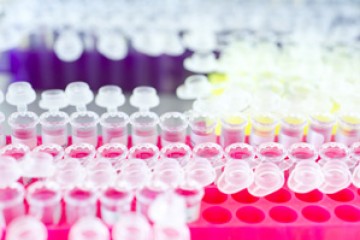PhD Studentship
Reducing animal usage in antifungal drug development: iRFP reporter strains and imaging infection

At a glance
Completed
Award date
October 2016 - January 2020
Grant amount
£90,000
Principal investigator
Dr Donna MacCallum
Co-investigator(s)
Institute
University of Aberdeen
R
- Reduction
Read the abstract
View the grant profile on GtR
